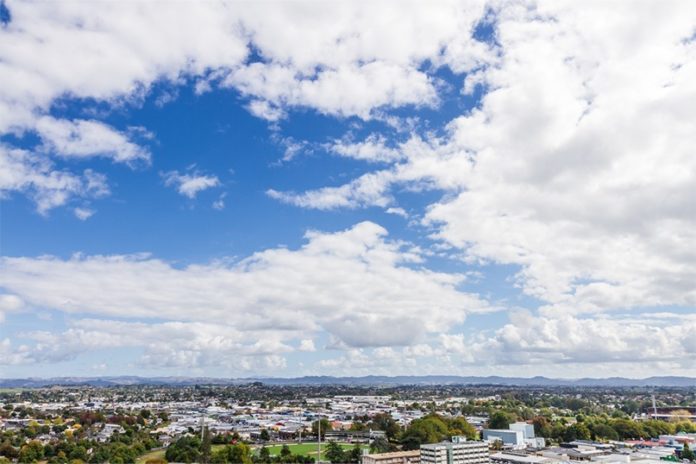Hamilton City Council’s emissions are down 11% from the 2018/2019 baseline, Council’s end-of-year Climate Change Action Plan Monitoring Report has found.
The report, which was brought to the Environment Committee on Tuesday, summarises Council’s progress against 45 climate change actions.
At the end of the monitoring period for 2021/2022, five actions were completed, 33 were on track, and seven required additional monitoring or have had timing adjustments.
Council says its 11% emissions reduction is largely thanks to a shift away from natural gas as an energy source – since baseline monitoring began, emissions from this source are down 45%.
Instead of natural gas at key facilities like the Wastewater Treatment Plant, grid electricity is being used for power. This means that the emissions from electricity has increased slightly, but it is a lower impact energy source, and emissions will decrease as the national grid shifts to renewable sources, Council said in a statement.
Waste emissions from Council sites are also down 17% from the baseline measurement. From the food waste collection service, Council has provided community groups with 58.5m3 of Tronpost in the last year.
“We’re seeing climate change leading to more extreme weather events so it’s critical that the council shows leadership in reducing its emissions and building resilience,” said Environment Committee Deputy Chair, Councillor Sarah Thomson.
“While COVID-19 has made the task more challenging, it’s encouraging to see we’re still on track to cut our emissions in half by 2030.”
Other actions include Council’s long-term strategies for key areas like transport and biodiversity.
Thirty thousand native plants have been planted at Waiwhakareke Natural Heritage Park; while the Nature in the City programme, launched in May, saw 1500 planted at Kukutaaruhe Gully/Donny Park.
The programme aims to restore Hamilton’s native vegetation cover from 2% to 10% by 2050.



